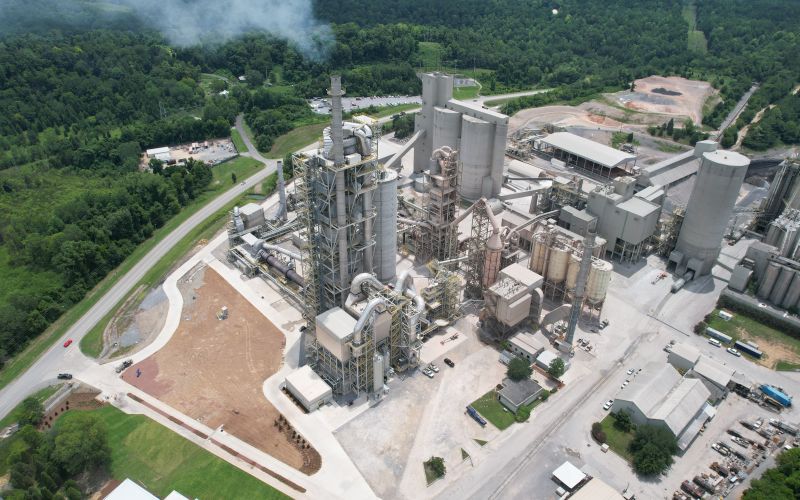The two largest cement producers in Japan released their results for their 2023 financial years this week. Much like manufacturers elsewhere in the world they reported mounting sales revenues, but they also noted losses. Input prices such as coal rose in 2022 and these were passed on to consumers in the form of higher prices. However, this was insufficient to stop them making a loss.
In the case of Taiheiyo Cement, its domestic sales volumes of cement remained stable at 13.4Mt in the year to 31 March 2023. It made a loss at home in Japan but still reported a profit in its overseas businesses, despite export volumes falling by 41% year-on-year to 2.44Mt. The group also noted delays at construction sites due to a lack of workers. Recent domestic developments for Taiheiyo include an agreement in October 2022 to buy the cement business of chemicals company Denka. Outside of Japan, in China, the group suspended the production and sale of cement from its Jiangnan-Onoda Cement subsidiary in February 2023 citing a ‘tougher competitive environment,’ although it justified this decision as part of its strategy to refocus on Southeast Asia. Then, in late April 2023, the company was forced to stop its proposed acquisition of the Tehachapi cement plant in the US due to an inability to obtain regulatory approval.
Sumitomo Osaka reported a similar situation, with cement sales volumes also down year-on-year. Again, cement price increases were unable to catch coal prices made worse by negative currency exchange effects. Having gotten the bad news out of the way, it then it took the opportunity to outline its medium term strategy to 2035. It said that becoming carbon neutral was the key to this. In its 2022 financial year cement accounted for around 70% of total sales. However, it is now aiming to reduce this to 65% by 2025 and 50% by 2035. If this sounds familiar this is because it is similar to what Holcim is doing with its growing light building materials division and its diversification away from the heavy building materials trio of cement, concrete and aggregates. Sumitomo Osaka plans to invest over US$3.5bn towards this goal by developing its presence in the semiconductors sector, building its business in Australia and starting new ventures in decarbonisation.
Of the other cement producers, Tokuyama Corporation said in late April 2023 that it was considering suspending operation of one of the three kilns at its 4.54Mt/yr Nanyo cement plant as part of measures to strengthen profitability. It reported a growing loss for the current financial year that it blamed on raw material and fuel costs. Mitsubishi Materials and Ube Industries formed their merged cement businesses in April 2022 known as Mitsubishi UBE Cement Corporation. Ube said, as part of its latest financial results, that, despite a gradual decrease in the domestic market, cement sales had remained stable but that the business was “heavily affected” by rising energy prices such as coal. It added that demand for cement and concrete remain strong in its overseas market in North America.
The Japanese cement market peaked in the 1990s. Domestic sales of cement in Japan have declined over the last decade, as can be seen in Graph 1 above, but at a slower rate. Exports rose to a peak of just under 12Mt in 2017 but have slipped a little since then. Data from the Japan Cement Association placed production at 53.2Mt in 2022 compared to 61.7Mt in 2013. This trend explains the move by the cement producers towards decarbonisation, offshoring, diversification and consolidation. The bump in fuel prices over the past year may have accelerated this process, as examples such as Taiheiyo Cement’s takeover of Denka and Sumitomo Osaka’s new business strategy suggest. The race continues to keep cement production profitable in a changing business environment.





